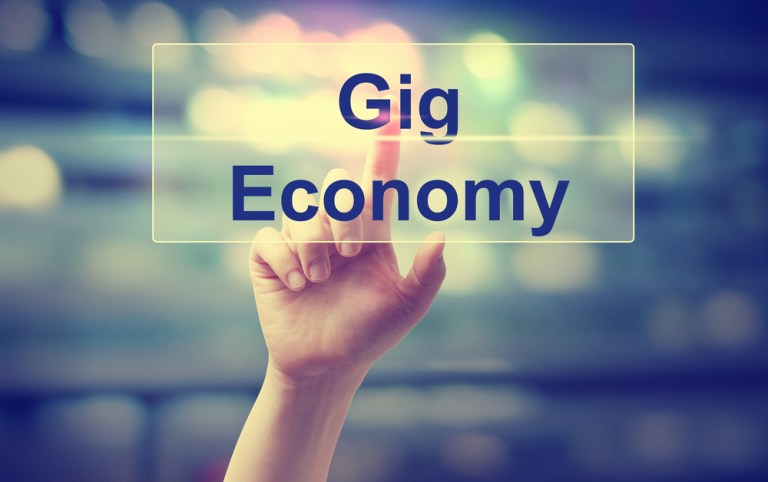Uber Drivers Say Earnings Still A Challenge

While there is an emerging consensus that the gig economy may be the future of American labor, the trials and tribulations of Uber drivers looking to get paid highlights why this conclusion may not be as foregone as it appears.
Because for the last six months — responding to driver complaints about working conditions and pay — Uber has been rolling out better benefits for drivers, including extra pay for long wait times, methods for in-app tipping and routing improvements, among others.
Those benefits are crucial and need to be creative, because what Uber can’t do is what most employers would do in a situation where workers were unhappy: raise hourly pay.
As it turns out, the gig economy — as created by Uber — doesn’t make that very easy. Drivers end up making about the same hourly wage no matter what the fares do at a particular time.
This point hit home in a recent joint study between Uber and an NYU assistant professor of information, operations and management sciences named John Horton. The study determined that whether fares are up or down in price, drivers inevitably take home about the same earnings over time.
Why?
Because drivers and passengers can opt in and out of the system very easily.
When fares fall, drivers’ pay goes down, but the number of rides they end up giving goes up, because the number of users in the system rapidly increases. The flood of customers brings higher fees to rides, which draws more drivers. But higher prices drive down ridership, and so Uber eventually has more drivers than it needs, drivers leave the platform, prices fall and the cycle starts again.
The research shows that all in all, it takes about 8 weeks for the system to reach equilibrium, and drivers’ average pay pretty much stays the same during that time period.
“The overwhelming story is that it doesn’t seem to matter what Uber does with fares” when it comes to driver earnings, said John Horton.
To keep drivers from defaulting to a price that ends up being about minimum wage, Uber and other ride-hailing and gig economy players need to bring additional incentives into the system, like cash incentives for performing a number of rides, for example. That makes drivers happy but is an expensive solution that, when combined with Uber’s other high-ticket costs — expansion into new geographies and verticals like food delivery — means Uber is a $50 billion dollar company that has lost $4 billion over the last six quarters.
Getting those losses down — and getting an HR system that finds a way to pay the drivers while the company remains profitable is CEO Dara Khosrowshahi’s main challenge before going public in 2019.
Also, a British court ruling that Uber must treat its drivers as employees means that it may soon be a lot more expensive in the U.K. As independent contractors, Uber drivers are responsible for fuel, vehicle maintenance and insurance. Drivers have also complained they lack formal channels to respond to things that deeply effect their bottom line, like sudden fare or rule changes.
Uber has noted — through its Chief Economist Jonathan Hall — that the study is helpful to Uber insofar as it demonstrates that Uber should be able to adjust its fares to achieve ridership benchmarks, since they likely will not damage drivers’ earning by doing so.
But, Horton noted, Uber still has a fine line to walk in this regard.
“It cuts both ways for Uber,” said Horton. “They don’t have to continually charge a higher and higher fare to increase drivers’ earnings, but if they lower fares, you risk just making drivers upset.”
Outside observers have noted that the study mostly “shows that Uber’s messaging to drivers is really poor. They are paying drivers the same, according to this data, but there’s the perception amongst drivers that they’re earning less,” noted Los Angeles-based Uber driver Harry Campbell, who runs the popular blog The Rideshare Guy.
In the meantime, Hall noted, Uber is refining its incentive strategy.
“We need to think harder about it,” he said. “Keeping drivers happy is critical, so we have to treat them like customers.”